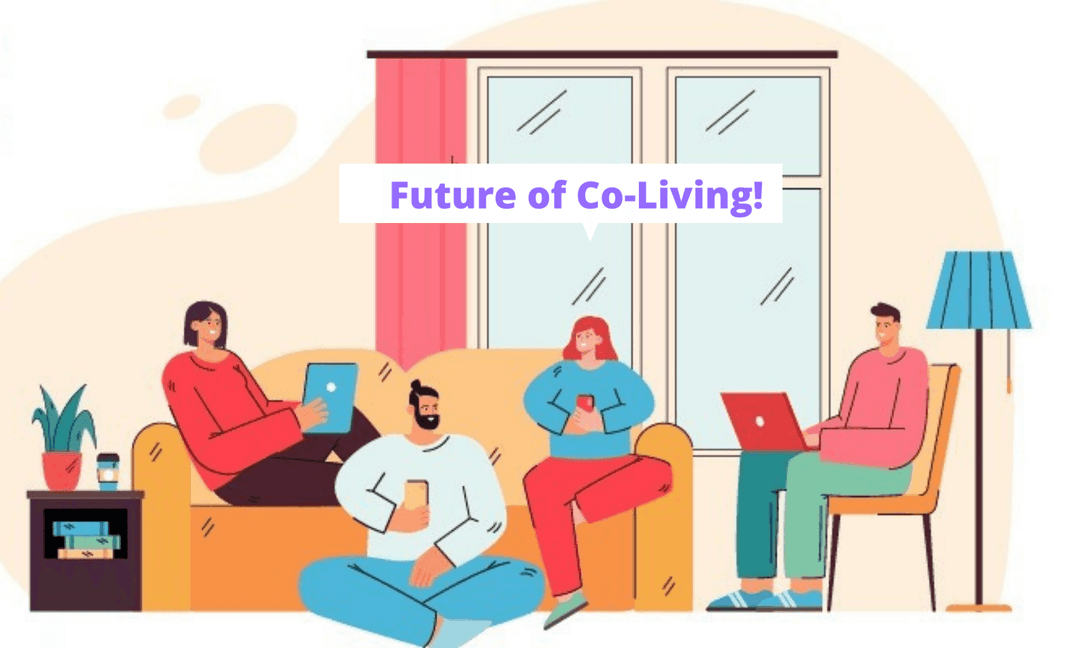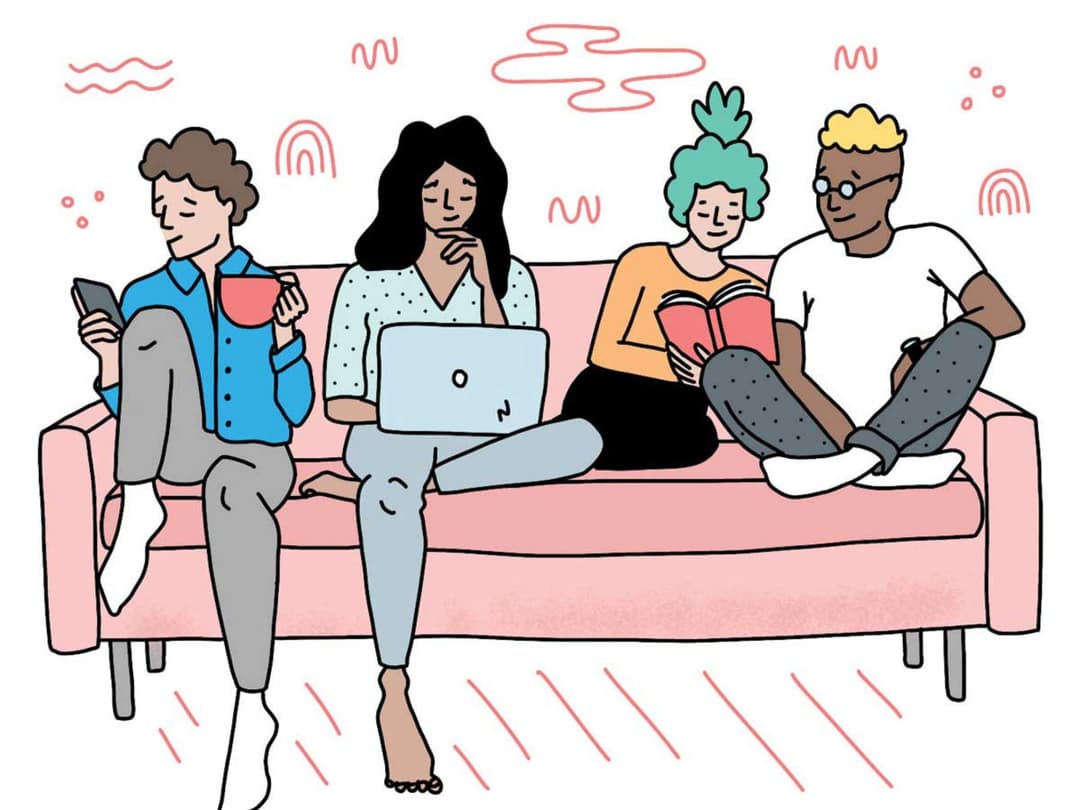
Future of Co-Living! Fact: For Millennials and GenZ, Shared and Co-Living is Becoming a New Way of Life!
Once, living with flatmates or housemates was a necessary way station between dorm life and settling down to buy a family home. Now, shared living is a bona fide life stage not only for millennials and GenZ, but increasingly for Americans and Canadians of all ages.
Shared living can mean anything from standard shared flats to shared houses or even the furnished, flexible co-living spaces of WeLive and similar brands. All of these options are becoming increasingly popular in expensive market like Boston, New York, and Silicon Valley, Toronto, Vancouver as well as in less expensive urban areas.

Today, nearly one-third of U. S. and Canada renters live in shared housing. Much of it has to do with economics, as rising rents, stagnant wages and inflation add to the difficulties of affording a place of one's own. There's also the rising cost of buying a house, the growth of post-college unemployment and debt, and the fact that Americans, and in particular, millennials, are settling down and marrying later in life (according to Pew Research, the median age for first marriage in the U. S. is around 25 for women and 28 for men, up from 23 and 27 in 1995). Today, nearly half of millennials and GenZ rent their homes, up from 39% just years ago. In short, buying or renting a place of one's own is getting less practical and affordable, causing millennials to rethink their housing choices.
Beyond financial incentives, the increase in shared housing also signals a shift in generational preferences. For many millennials, the benefits of renting are beginning to outweigh the burden of ownership. These include ease of moving significant, considering that millennials and GenZ jump more quickly from job to job than generations past-- as well as the joy of avoiding mortgage stress and the freedom from dealing with home maintenance.
Many millennials view shared living as a lifestyle statement. As the Urban life style Dictionary tells us, co-living and sharing a place is, "increasingly common among younger demographics seeking more meaningful, interconnected lifestyles or travelers who want to immerse themselves in a new city or culture.
Todays global-minded 20- and 30-somethings say they would rather spend money on experiences than on purchasing physical items like houses, as their our parents may have done. In other words, the American dream of home ownership has, for many, been replaced by the dream of experiencing the world to its fullest.
There's also far less of a negative stigma today around living with housemates and sharing space with strangers than there was in the past likely influenced by the rise of the shared economy. Services like Airbnb and Uber, placing greater value on access than ownership, have made staying or driving with strangers much more commonplace.
Though millennials have led the charge toward shared living, the trend is already growing within other demographics, including single parents and baby boomers as Americans and Canada of all ages shift to the greater flexibility of renting over buying.

So what does this trend mean for the housing industry?
Expect to see more Flatmates and co-living spaces popping up across cities countrywide entire buildings housing hundreds of residents eating together, working out together, doing laundry, etc.
Builders, property owners, and landlords will continue taking steps to accommodate the changing demands of tenants in shared living situations, such as orienting building layouts to provide more optimized private spaces for individuals (e. g. , private bathrooms for each bedroom) and more thoughtful uses of shared places, such as common areas with multiple desks.
With the cost of living continuing to rise in many urban areas, it is likely that non-traditional groups like single parents, traveling professionals, young couples and even seniors will continue to explore shared living options more and more, with each groups unique needs driving further change within the market. These groups will require tools and technologies that evolve to place an even greater emphasis on security and verification throughout the search and payments process. We will also see a growing demand for increased legal protection for tenants, such as contractual allowances for flexible living choices including short-term stays.
Much like how other shared economy phenomena have changed the face of entire industries, will shared living evolve into a truly disruptive force in an ownership-dominated real estate market? Surely some Americans will always want to purchase a home in the suburbs that they can call their own. But for a growing number, the lure of a centrally located flat with like-minded housemates is already starting to replace more traditional ideas of housing.
